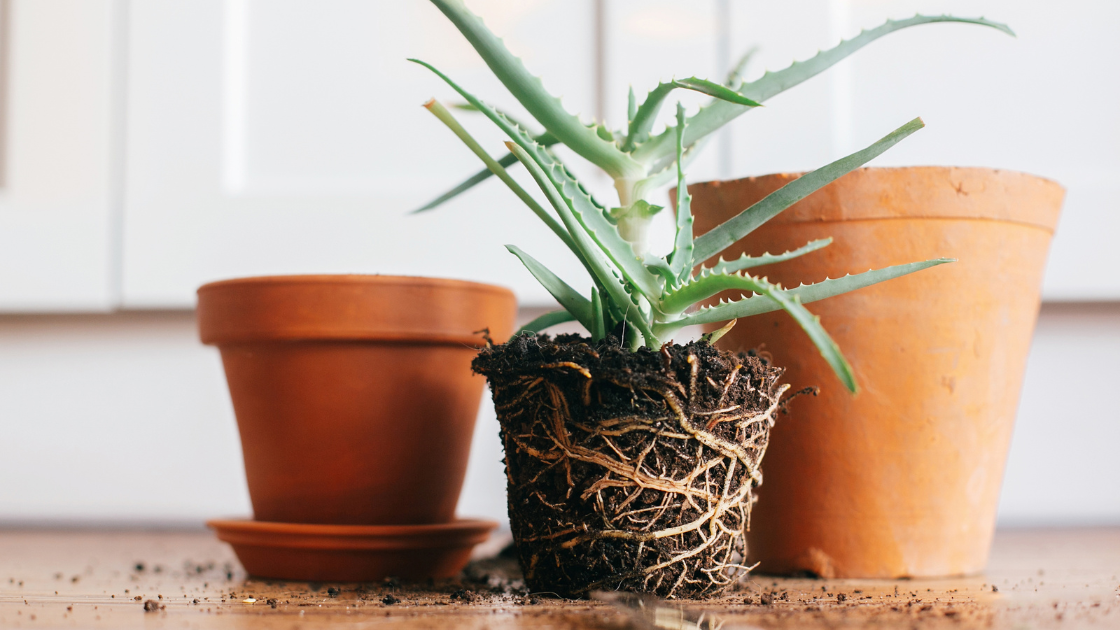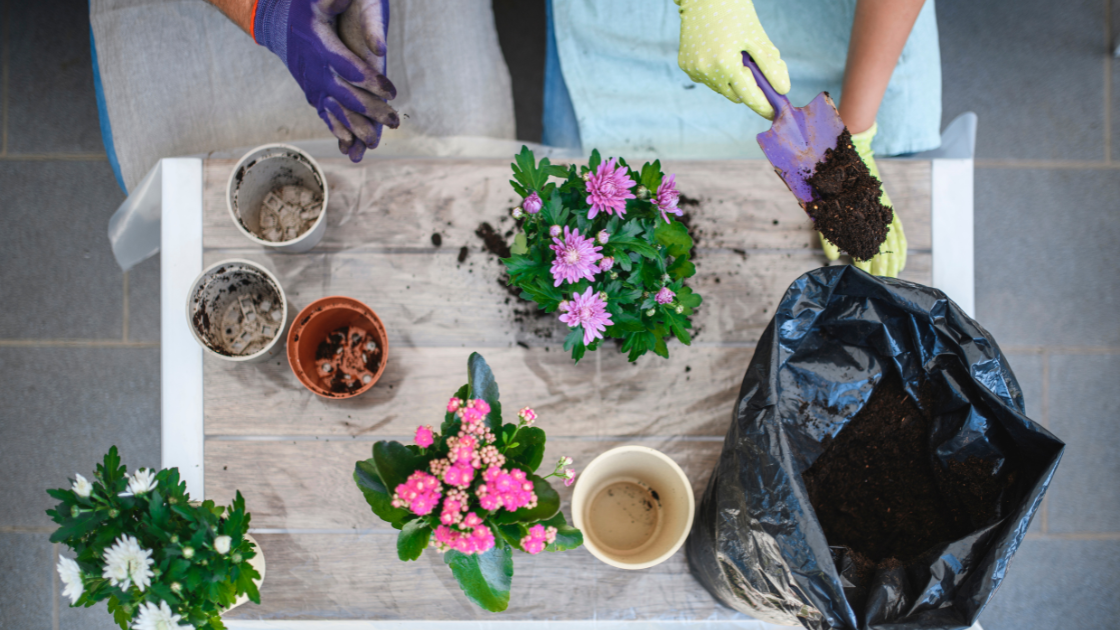Houseplants are a beautiful addition to any home, and they bring life and beauty to any space. But they need some special care to stay healthy and happy. Repotting is an important step in caring for houseplants, as it ensures that their roots have enough room to grow and that the soil contains all the nutrients they need. In this blog, we’ll give you some tips on repotting your houseplants so that they can thrive in their new homes!
Drainage is Key

First of all, you’ll want to select a pot with adequate drainage holes. This helps keep the plant’s roots from sitting in waterlogged soil, which can cause root rot. Make sure your new pot has one hole for every inch of the pot’s diameter: for example, if your pot is 10 inches wide, there should be at least 10 drainage holes on the bottom.
Soil Matters

Next, you’ll want to choose a soil mix that is suitable for houseplants. A general-purpose potting mix usually works well, but make sure it doesn’t contain any perlite or vermiculite, as these can absorb too much moisture from the plant’s roots over time. You could also add some slow-release fertilizer pellets into the mix as well for additional nutrient availability for your plants.
Time to Repot

Once you’ve chosen a pot and soil mix, it’s time to start repotting! Here are some tips on how to do it properly:
– Start by making sure the plant is watered thoroughly a day or two before repotting so that its roots are easier to work with; this will help reduce any transplant shock later on.
– Gently remove the plant from its existing pot by tapping or squeezing it slightly until it slides out; don’t pull or tug at the stem too hard, as this can damage fragile roots.
– Tease apart any tangled or matted roots gently with your fingers before placing them into their new container; if necessary, cut away any dead or damaged sections before transferring them into fresh soil.
– Fill up about ⅔ of the new pot with fresh soil mix and place the root ball into it carefully without packing it down too firmly (this could suffocate delicate root systems).
– Once planted securely in place, add more soil around its base until full, then lightly pat down around its edges using your fingertips; water again once done and let drain thoroughly before setting aside in a warm spot with indirect sunlight exposure until established again (this may take several weeks).
Repotting houseplants may seem like a daunting task at first, but with proper planning and preparation beforehand, it can be done seamlessly and quickly! Just remember not to overcrowd pots when planting multiple plants together – each one needs enough room for its own roots, so space them out evenly when possible. Also, avoid over-watering newly transplanted ones too often as this could lead to excessive moisture retention resulting in root rot issues down the line – instead, wait until their topsoil layer appears dry before watering again sparingly only when needed going forward!
